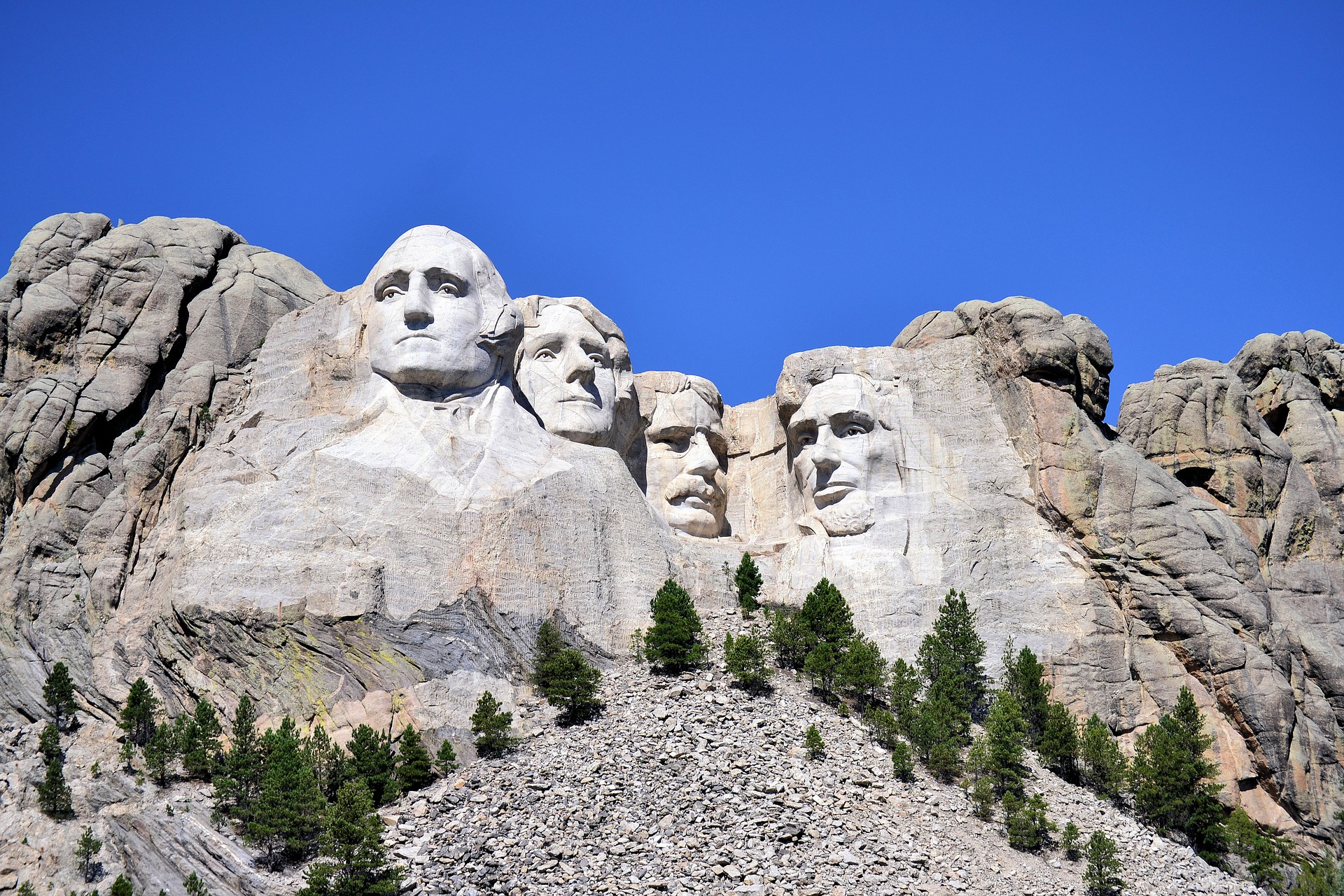For Mother’s Day 2018, we reported how mom’s wisdom makes great PR advice. Dads clamored for their say. Most of our fathers’ advice probably went in one ear and out the other — as a dad would say. As we approach Father’s Day, let’s stop and recognize how a dad’s sometimes patronizing, always wry nuggets of wisdom can be applied to the practice of public relations.
7 Dadisms that make great PR advice
“You’re not going out dressed like that.”
Dad was trying to say that you don’t want to attract the wrong kind of attention, and the same goes for brands. Even if the executive spokesperson — usually the CEO — is naturally charismatic and confident facing the media, she should never venture into the public eye without media prep. Only counsel, simulations, and practice can prepare an inexperienced spokesperson for possible adversarial, ignorant, or inexperienced reporters. For PR tips on successful media training, see our earlier post.
“Stop crying or I’ll give you something to cry about”
It’s not ER, it’s PR. If a prominent tech reporter paints your company in an unflattering light, sometimes there’s nothing the PR team can do to prevent the fire. While we all sweat it while it’s happening, there’s no crying in PR. Time moves fast, and a good PR agency will advise action in proper proportion to the damage, always with an eye on the long term image of the brand. For a deeper dive on dealing with a negative PR situation, see our earlier post.
“I’m not sleeping; I’m resting my eyes”
While dad was surely sleeping at your piano recital, the news never does. Brands cannot afford to ever be napping, especially when mentioned in a negative light – or in a full blown PR crisis. Much of the time, a company spokesperson needs to address a crisis, especially if at fault. But there are also times when it’s the best tactical move to reserve comment. See this earlier post for a PR guide to strategic silence.
“My house; my rules”
One of the all-time dadisms isn’t so cut and dried when it comes to the PR agency-client relationships. It serves no one if the PR agency are “yes men,” bowing easily to a client’s ill-conceived idea. Being honest with a client in a difficult situation is not only mandatory, but the key to a trusting, transparent relationship. To learn how to tell a client they are wrong, see our earlier post.
“Don’t spend it all in one place”
Certainly, money was a touchy subject with dad; but imagine how charged the subject can be with clients and agencies. Companies naturally want to maximize PR activities for the budget, but sometimes the wish list will exceed their resources. In the agency-client world, PR pros sometimes have to remain steadfast about sticking to budget limitations, and will need to advise the client what tactics are expendable: which award entry to omit, what research survey can wait, or which release to not put out on the wire.
“Nobody said life would be fair”
PR people cannot control the media. Sometimes, a journalist may write a story that contains minor inaccuracies (which are not necessarily the reporter’s fault) or misrepresentations — or inexplicably jump an embargo. Stuck in the middle of an unfair situation, the PR team must sometimes absorb the criticism for such issues while simultaneously struggling to correct errors. Either way, PR pros tend to develop a thick skin while enduring the ups and downs of the media relations game. Dad would say it’s “character building.” For tips on maintaining media relationships under pressure, see our earlier post.
“A little hard work never hurt anybody”
Wise words from the man of the house. If you’re considering a career in public relations, be prepared to juggle and hustle, and don’t expect a 9-to-5 existence. There is no unplugging or auto-pilot in PR; one must constantly work to perform for clients and build long-term, fruitful relationships with media. The news has never moved faster — nor has been more competitive than it is today. PR is hard work, but winning results can feel amazing.
Little did we know, father was a sound PR practitioner. We at Crenshaw wish all the dads out there a happy Father’s Day!


